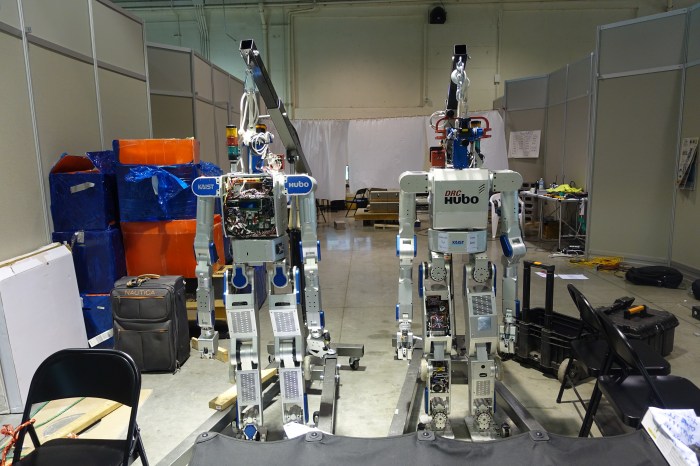Volvo answers "who will be liable in a crash?"
Submitted by brad on Wed, 2015-10-07 12:09Among the most common questions I have seen in articles in the mainstream press, near the top is, "Who is going to be liable in a crash?" Writers always ask it but never answer it. I have often given the joking answer by changing the question to "Who gets sued?" and saying, "In the USA, that's easy. Everybody will get sued."





